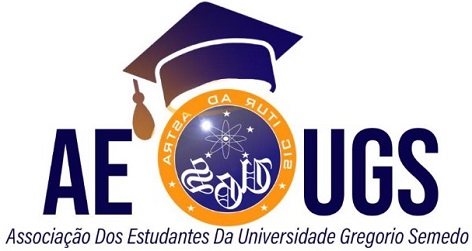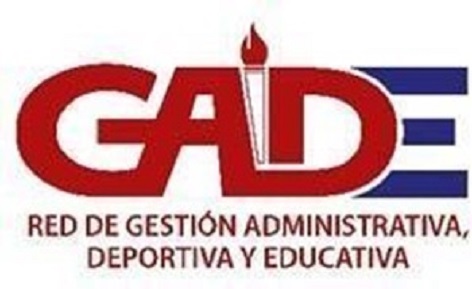How to detect problems with authorship?
Editors cannot act as police to control the lists of authors or contributors in each original manuscript that is submitted to journals. However, sometimes they may suspect that the list of authors is not complete, or that it includes some authors who do not deserve to be listed as such (guest authors or gifted authors). The COPE flowchart “What to do if you suspect the existence of anonymous, guest, or gifted authors” suggests some actions to take in these situations. The points below are intended to increase editors' sensitivity to the possibility of inappropriate authorship, so that they can spot warning signs that may indicate problems.
The types of problems with authorship
A ghost author is a person whose name has been excluded from the author list despite meeting the authorship requirements. This is not necessarily the same as a ghost writer, as excluded authors often perform other tasks, specifically data analysis. (Gotzsche et al. have shown that statisticians involved in study design are frequently omitted from manuscripts reporting the results of trials funded by the pharmaceutical industry.) If a professional writer has been involved in the article, Whether or not you meet the criteria to be listed as an author depends on the authorship criteria that are applied. According to the CIERM (International Committee of Medical Journal Editors; ICMJE) criteria for research articles, medical text writers do not normally meet the authorship criteria, but their role and source of funding should be stated in the documents Thanks.
Regarding guest authors or gift authorship, this is a person whose name appears on the list of authors even though they do not meet the authorship criteria. Guest authors are generally people whose name is included to enhance the list (even though their participation in the research or the article was little or none). Gifted authorship is usually an indication of "mutual increase of the CV" (that is, the inclusion of some collaborators in the articles in exchange for them including in theirs the name of the person who included them in the first instance).
Indications that could indicate the existence of problems with authorship:
• The Author responsible for the article appears to be unable to respond to reviewers' comments
• Someone who is not on the list of authors makes changes to the original. (You can check it with the option Properties in Word files to see who made the changes, but keep in mind that there may be another legitimate explanation, for example, using a shared computer, or an administrator making changes.)
• The Properties option shows that the draft was created by someone who is not in the list of authors and who is not properly mentioned in the Acknowledgments (See, however, the previous point.)
• An author so verbose –for example, of review or opinion articles– that it is hard to believe. (The possibility of duplicate or overlapping publications should be checked.) (This can be detected with a search on MedLine or Google with the author's name.)
• Several similar review, opinion or editorial articles have been published by different authors. (This can be detected with a MedLine or Google search using the article title or keywords.)
• A specific paper is missing from the list of contributors. (For example, it appears that none of the named authors take responsibility for analyzing the data or writing the first draft of the article.)
• The list of authors is so long or so short that it seems implausible. (For example, a clinical case description with a dozen authors, or a randomized clinical trial with a single author.)
• A study funded by the pharmaceutical industry without any author from the sponsoring company. (This could be legitimate, but it could also mean that some deserving authors have been excluded. Revision of the protocol may help clarify the role of employees. See Gotzsche et al. and Wager's commentary.)
Bibliographic citations
Gotzsche PC, Hrobjartsson A, Johansen HK, Haar MT, Altman DG y cols. Ghost authorship in industry-intiated randomised trials.
Wager E (2007) Authors, Ghosts, Damned Lies, and Statisticians. PLoS Med 2007;4(1):e34. doi:10.1371/journal.pmed.0040034




